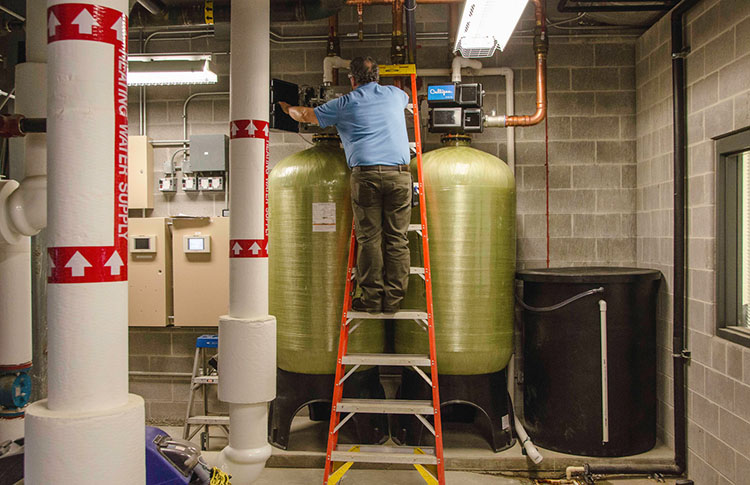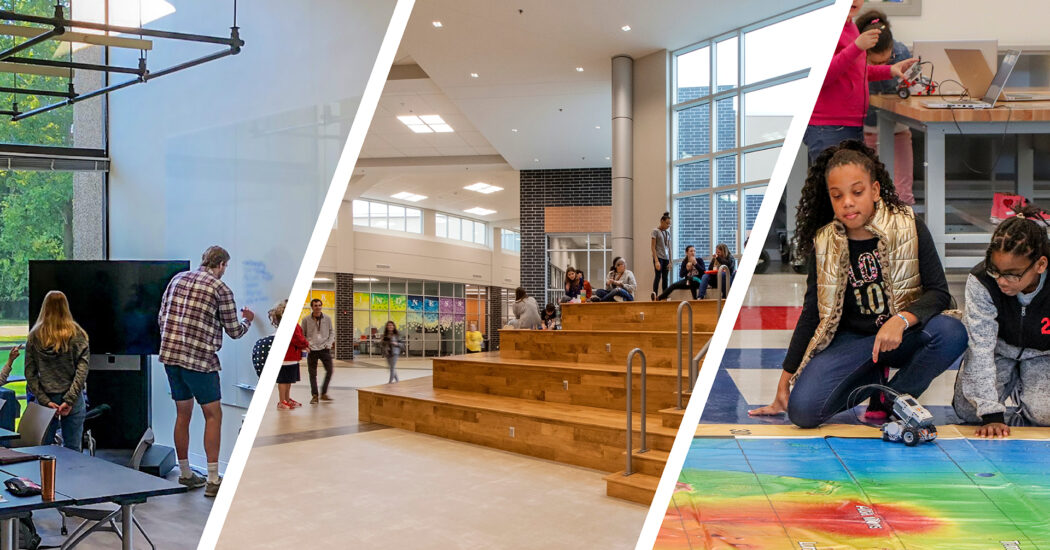What is Retro-Commissioning?
-
Category
Studio-Workplace, Studio-Lifestyle, Studio-K12, Studio-Higher Ed, Studio-Community, Innovation -
Posted By
Bill Gruen -
Posted On
Sep 04, 2019

Is your building’s energy performance at its highest possible level? If you don’t know the answer to this question offhand, it’s probably “no.”
Even if your building was designed to be energy efficient at the time it was built or renovated, as time goes on, building usage may evolve and equipment ages. Modern building systems are very complex, and one small change can have a snowball effect on the entire facility. As systems drift from original settings, energy consumption and operating costs creep up.
This is where retro-commissioning comes in. Retro-commissioning (RCx) is the process of assessing a building’s energy performance and taking steps to return it to the original design intent.
The Retro-Commissioning Process
A successful RCx process consists of four steps:
1. Find an RCx Study Provider
Not all engineering firms offer RCx as a service. A firm with specialized energy engineers can most appropriately assess and improve your building’s efficiency and lead you through any incentive programs you plan to pursue for the work (more on this later). Some utility companies require this work be performed by firms they have approved as certified RCx study providers in order to qualify for their incentive programs.
2. Complete an RCx Study
Your RCx study provider will review your energy bills and perform an on-site assessment of your existing mechanical systems, lighting systems, and building controls. They will compare your energy consumption to national benchmarks to see how you compare to your peers’ buildings around the country. In addition, they will compare your building operation to the original design intent for your building and identify areas of improvement to return the building to peak energy performance.
3. Implement Recommendations
The RCx study will result in a list of specific adjustments to be made to your control system and other low- or no-cost recommendations. These could include adjusting equipment schedules, correcting economizer operation, or reducing or eliminating simultaneous heating and cooling. Your RCx study provider can work with your staff or contractor to correctly implement these recommendations and make the necessary adjustments.
4. Continue Monitoring Building Performance
To extend the benefits of the implemented RCx measures, you should put a process in place for ongoing monitoring of your building systems. This will ensure they continue to operate efficiently and prevent energy costs from creeping up again.
Benefits of Retro-Commissioning
Ultimately, RCx decreases the cost to operate your facility. By optimizing your building systems, you lower your energy consumption and, thus, your energy bills. But there are other financial and operational benefits to RCx.
Many utility companies will pay cash to businesses that commit to an RCx study and implement the resulting recommendations. Some of these RCx incentive programs will reimburse up to 100% of implementation cost for qualifying measures. If you plan to pursue incentives for RCx, you or your RCx study provider must apply for the program before proceeding with an RCx study. After RCx is implemented, the utility company will verify implementation and measure improvements in energy consumption. The dollar amount you receive is based on actual kilowatt (kWh) savings.
RCx can also have a significant impact on building occupants. Once systems are adjusted, your staff is likely to notice a difference. Improving thermal comfort is a proven factor in employee satisfaction and can increase productivity.
To plan your RCx study or learn more, contact our energy experts.







